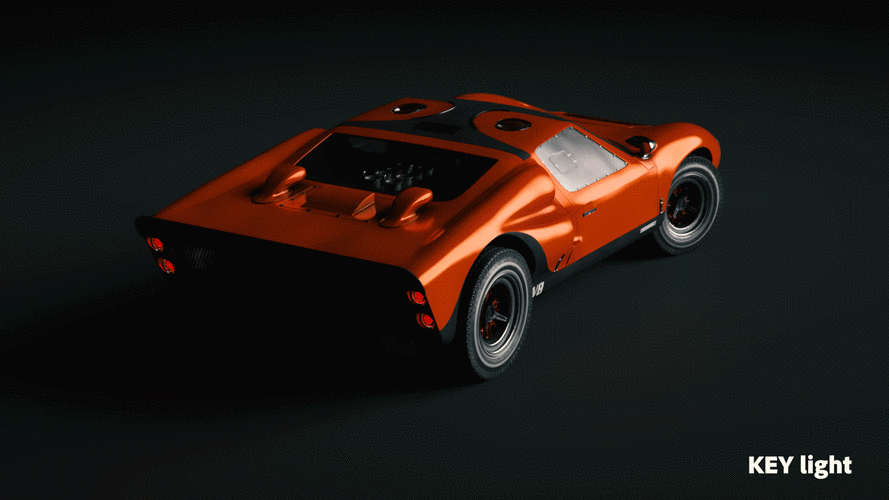3d车漆材质
Title: Exploring Advanced 3D Materials in Automotive Design
In the realm of automotive design, the integration of 3D materials is revolutionizing the industry. These materials offer not only aesthetic appeal but also enhanced functionality and durability. Let's delve into the world of 3D automotive materials, exploring their types, benefits, and future implications.

Types of 3D Automotive Materials
1.
Carbon Fiber Composites
: Renowned for their exceptional strengthtoweight ratio, carbon fiber composites are extensively used in highperformance vehicles. They offer rigidity and reduce overall vehicle weight, thereby improving fuel efficiency and performance.2.
Aluminum Alloys
: Lightweight and corrosionresistant, aluminum alloys find widespread application in automotive manufacturing. They contribute to fuel economy and are often used in components such as engine blocks, wheels, and body panels.3.
Titanium Alloys
: Known for their superior strength and heat resistance, titanium alloys are employed in critical automotive components like exhaust systems and valve springs. Despite being expensive, their high performance justifies their use in premium vehicles.4.
Advanced Plastics
: Engineered plastics like polycarbonate (PC) and acrylonitrile butadiene styrene (ABS) offer versatility in design and molding. They are utilized for interior trim, bumpers, and exterior panels, providing both aesthetic appeal and impact resistance.5.
Glass Reinforced Polymer Composites
: Combining glass fibers with polymer matrices results in lightweight yet robust materials. These composites are utilized in body structures, offering design flexibility and crashworthiness.Benefits of 3D Automotive Materials
1.
Weight Reduction
: One of the primary advantages of 3D materials is their ability to reduce vehicle weight without compromising strength or safety. This contributes to improved fuel efficiency and handling dynamics.2.
Enhanced Performance
: Materials like carbon fiber and titanium enhance vehicle performance by increasing rigidity, reducing vibrations, and improving powertoweight ratios. This results in superior acceleration, braking, and overall driving experience.3.
Durability and Corrosion Resistance
: Many 3D materials, such as aluminum alloys and advanced plastics, exhibit excellent resistance to corrosion and degradation, prolonging the lifespan of automotive components and structures.4.
Design Flexibility
: 3D materials offer designers unprecedented freedom to create innovative shapes and forms. This flexibility enables the realization of aerodynamic profiles, complex geometries, and futuristic aesthetics.5.
Environmental Sustainability
: Lightweight materials contribute to lower fuel consumption and emissions, aligning with sustainability goals. Additionally, some 3D materials are recyclable, further reducing the environmental footprint of automotive production.Future Trends and Implications
1.
Additive Manufacturing
: The adoption of additive manufacturing, or 3D printing, is poised to revolutionize automotive production. This technology allows for the rapid prototyping of components and the customization of parts, leading to cost savings and design optimization.2.
Smart Materials
: Advancements in material science are giving rise to smart materials capable of sensing and responding to environmental stimuli. These materials have the potential to enhance vehicle safety, comfort, and efficiency through adaptive functionalities.3.
Integration of Sustainable Materials
: With growing environmental concerns, there's a shift towards integrating sustainable materials like biobased composites and recycled plastics in automotive manufacturing. This trend aligns with consumer preferences for ecofriendly vehicles.4.
MultiMaterial Integration
: Future vehicles are likely to incorporate a mix of traditional metals, advanced composites, and emerging materials to achieve the desired balance of performance, cost, and sustainability. This multimaterial approach will require innovative manufacturing techniques and material synergies.In conclusion, the utilization of 3D materials in automotive design represents a paradigm shift towards lighter, stronger, and more sustainable vehicles. From carbon fiber composites to smart materials, the automotive industry is embracing innovation to meet the demands of efficiency, performance, and environmental responsibility.
For further consultation or specific inquiries regarding 3D automotive materials, feel free to reach out. We're here to guide you through the everevolving landscape of automotive technology and design.
标签: 3d汽车是什么样子的 3d汽车配置 3d 汽车
相关文章
